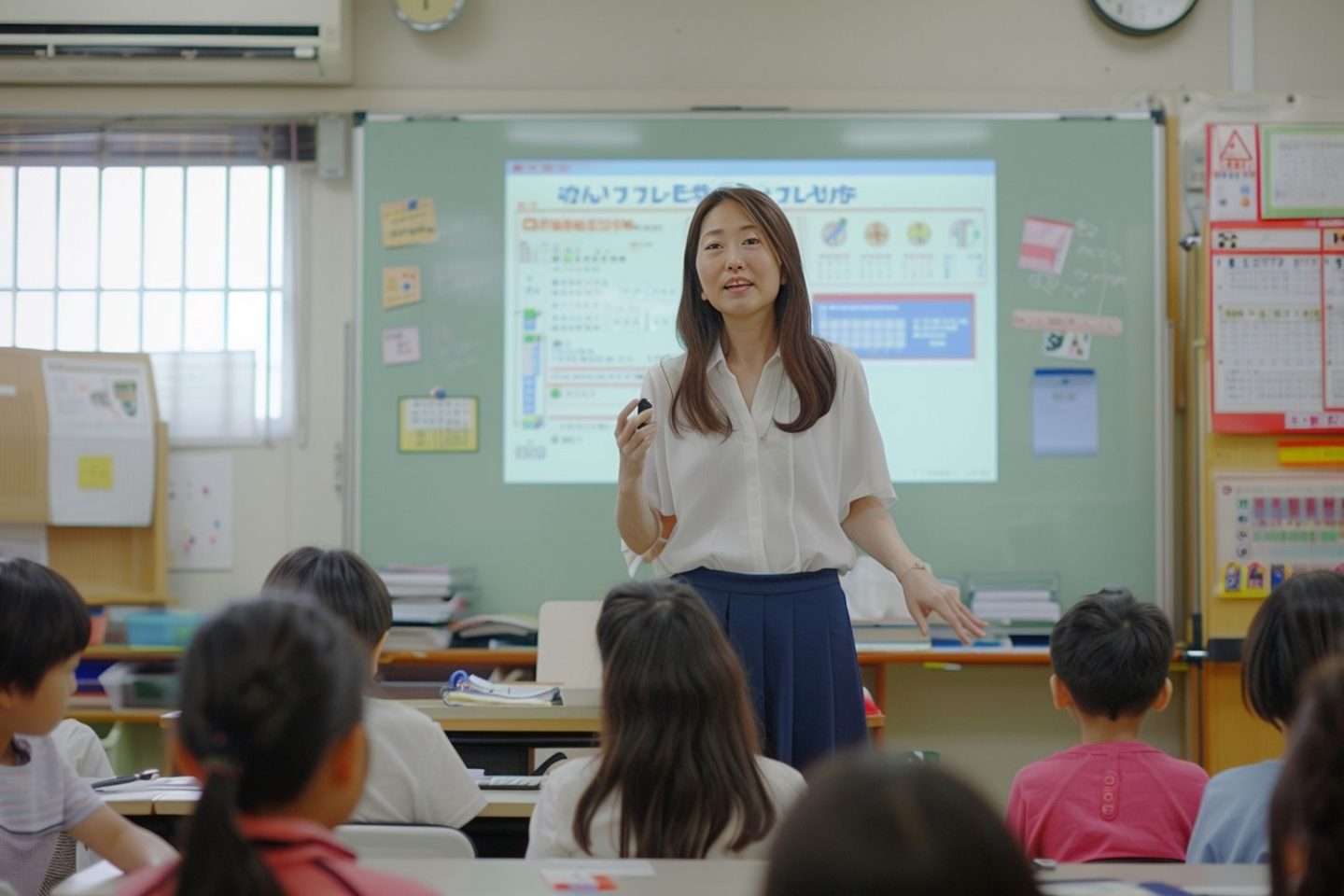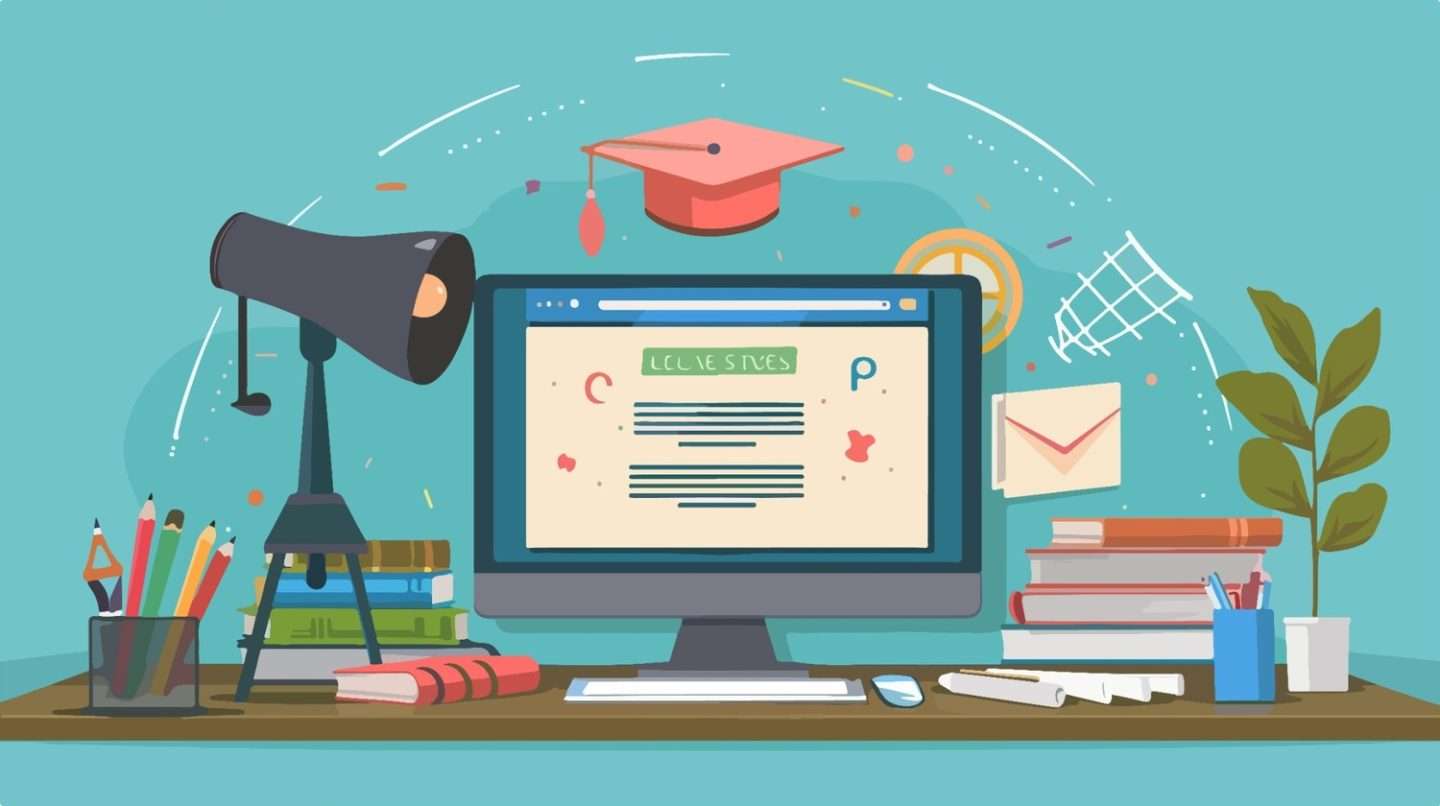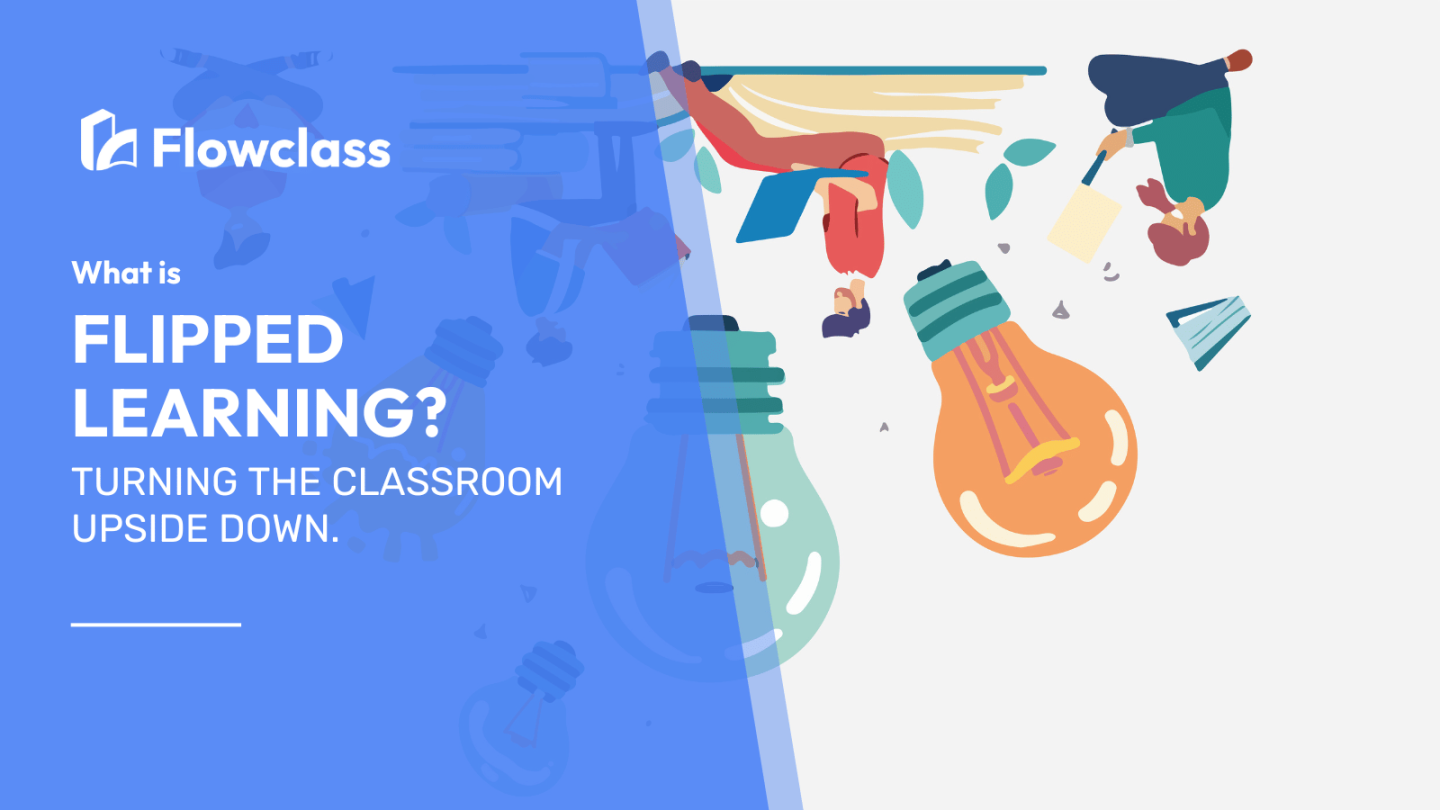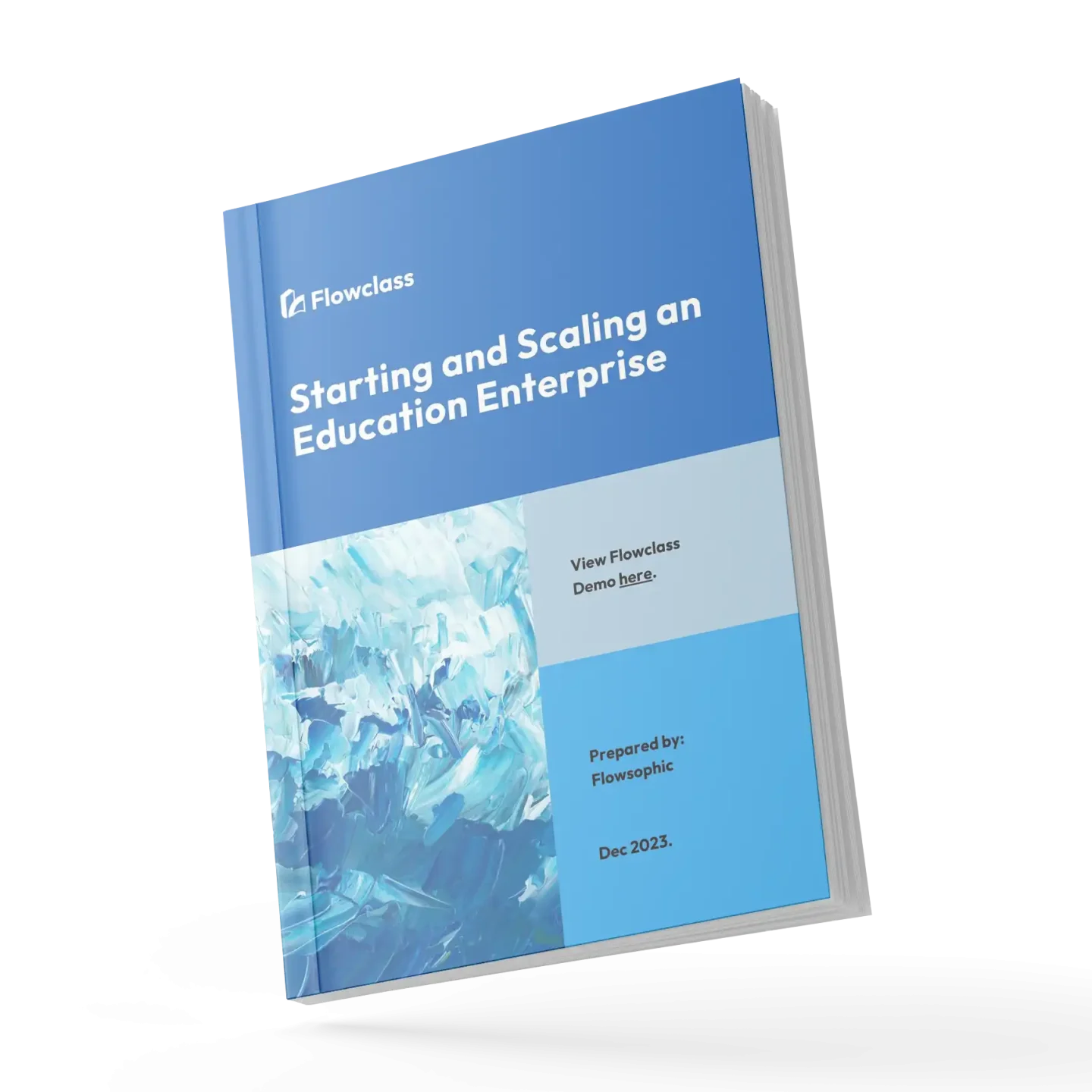Are you tired of the traditional classroom setting where the teacher lectures and students passively listen? Flipped learning might be the solution you’ve been looking for. In this article, we will explore what flipped learning is and how it turns the classroom upside down.
Flipped learning is an innovative teaching method that reverses the traditional approach to learning. Instead of receiving instruction in class and doing homework at home, students engage with the instructional content outside of class through pre-recorded videos, online resources, or interactive modules. Then, when they come to class, they collaborate with their peers and actively participate in hands-on activities, discussions, and problem-solving.
By flipping the learning process, students have the opportunity to absorb the information at their own pace, freeing up valuable class time for deeper discussions and practical applications. This approach also allows teachers to provide personalized support and guidance to individual students.
So, get ready to flip the script on traditional education! Embrace the power of flipped learning and take your classroom experience to a whole new level.
The traditional classroom model

This approach has been the dominant method of instruction in education for decades, but it has come under increasing scrutiny in recent years. The traditional classroom model is often criticized for its lack of engagement, personalization, and opportunities for active learning. Students in this setting can become bored, disengaged, and struggle to apply the knowledge they have acquired.
In the traditional classroom model, the teacher is the primary source of information, and the students are expected to passively absorb the content presented during the class session. This model typically follows a linear structure where the teacher delivers a lecture, and the students are then assigned homework or other activities to reinforce the concepts learned in class.
Furthermore, the traditional classroom model places a significant burden on the teacher, who must cover a vast amount of content within a limited class time. This can lead to rushed lessons, surface-level understanding, and limited opportunities for students to ask questions, engage in discussions, or explore topics in-depth. As a result, many educators and educational researchers have been exploring alternative approaches to teaching and learning that can better meet the needs of modern students.
What is flipped learning?

Flipped learning is an instructional model that reverses the traditional classroom structure. Instead of delivering content during class time, teachers in a such an environment provide instructional materials, such as pre-recorded video lectures or interactive online modules, for students to engage with outside of the classroom. This allows class time to be dedicated to more active, collaborative, and personalized learning activities.
The core idea is to shift the focus from passive lecture-based instruction to active, student-centered learning. By having students engage with the content on their own time, class time can be used for activities that deepen their understanding, such as problem-solving, group discussions, hands-on projects, and one-on-one interactions with the teacher.
In a flipped classroom, the teacher’s role shifts from being the primary source of information to a facilitator of learning. They design engaging activities and provide guidance and support to students as they work through the content and apply their knowledge. This allows for a more personalized and adaptive learning experience, where teachers can tailor their instruction to the specific needs and learning styles of their students.
The benefits of flipped learning
Flipped learning offers a range of benefits that can enhance the overall learning experience for both students and teachers. One of the primary advantages is the increased opportunities for active learning and engagement. By shifting the delivery of content outside of class, students can engage with the material at their own pace, pausing, rewinding, and revisiting the information as needed. This can lead to a deeper understanding of the concepts and better retention of the knowledge.
Another key benefit of flipped learning is the ability to personalize the learning experience. With the content delivery happening outside of class, teachers can use class time to provide more individualized support and guidance to students. They can identify areas where students are struggling and offer targeted assistance, as well as challenge advanced students with more complex tasks and activities.
Flipped learning also promotes collaboration and peer-to-peer learning. During class time, students can engage in group discussions, problem-solving exercises, and hands-on activities, fostering a sense of community and shared understanding. This collaborative approach can lead to deeper learning, as students are able to learn from and support one another.
Self-directed learning statistics and research findings
The growing popularity of flipped learning is supported by a wealth of research and statistical data. Studies have consistently shown that flipped learning can lead to improved academic performance, increased student engagement, and higher levels of satisfaction among both students and teachers.
For example, a study conducted by the University of Washington found that students in flipped classrooms scored, on average, half a letter grade higher on exams compared to their peers in traditional lecture-based courses. Additionally, a meta-analysis of 225 studies on flipped learning found that it had a positive impact on student learning outcomes, with an average effect size of 0.50, which is considered a moderate to large effect.
In terms of student engagement, research has shown that flipped learning can lead to increased class attendance, higher levels of participation, and more positive attitudes towards learning. A survey by the Flipped Learning Global Initiative found that 71% of teachers who implemented flipped learning reported improved student engagement in their classrooms.
How to implement flipped learning in the classroom

Implementing flipped learning in the classroom requires a thoughtful and strategic approach. The first step is to carefully plan and design the instructional materials that students will engage with outside of class. This may involve creating or curating pre-recorded video lectures, interactive online modules, or other digital resources that students can access at their own pace.
It’s important to ensure that these materials are engaging, concise, and effectively communicate the key concepts and learning objectives. Teachers should also consider incorporating interactive elements, such as quizzes or discussion prompts, to encourage active engagement and retention of the material.
Once the instructional materials are in place, teachers can then design the in-class activities and learning experiences that will build upon the content covered outside of class. These activities should be designed to promote active learning, collaboration, and the application of knowledge. Examples may include group problem-solving exercises, hands-on projects, Socratic discussions, or case studies.
Tools and resources for self-directed learning

Implementing flipped learning in the classroom requires access to a variety of tools and resources. One of the most essential components is a reliable and user-friendly learning management system (LMS) or video hosting platform. These platforms allow teachers to upload and share pre-recorded video lectures, interactive modules, and other digital resources with their students.
Some popular LMS options for flipped learning include Canvas, Moodle, and Google Classroom, while video hosting platforms like YouTube, Vimeo, and Panopto can be used to create and share video content. Additionally, there are a range of collaborative tools, such as Google Suite, Microsoft Office 365, and Zoom, that can be used to facilitate in-class activities and discussions.
Beyond digital tools, teachers may also leverage physical resources, such as textbooks, worksheets, or hands-on learning materials, to support the flipped learning approach. The key is to create a well-rounded learning environment that combines digital and physical resources to engage students and promote active learning.
Challenges and solutions in flipped learning
While flipped learning offers numerous benefits, it is not without its challenges. One of the primary concerns is ensuring that students engage with the pre-recorded or online instructional materials outside of class. If students do not complete the assigned tasks, they may struggle to participate effectively in the in-class activities.
To address this challenge, teachers can implement strategies such as incorporating quizzes or check-in points within the instructional materials, providing clear expectations and deadlines, and offering incentives or accountability measures for student engagement. Additionally, teachers can dedicate a portion of class time to reviewing the pre-class content and addressing any questions or confusion that students may have.
Another potential challenge is the increased workload for teachers in terms of creating and curating the instructional materials. Developing high-quality video lectures, interactive modules, and other digital resources can be time-consuming. To mitigate this, teachers can collaborate with colleagues, leverage existing open-source resources, and streamline the content creation process over time.
Success stories and examples of flipped learning
The success of flipped learning has been demonstrated in a variety of educational settings, from K-12 classrooms to higher education institutions. One notable example is the Flipped Learning Network, a global community of educators who have successfully implemented flipped learning in their classrooms.
In one case study, a high school math teacher in the United States reported significant improvements in student performance and engagement after implementing a flipped learning approach. By providing video lectures for students to watch at home, the teacher was able to dedicate more class time to hands-on problem-solving, group discussions, and personalized support. As a result, the students’ test scores improved by an average of 18% compared to the previous year.
Another success story comes from a university-level chemistry course, where the instructor implemented a flipped learning model. By shifting the delivery of content outside of class, the instructor was able to focus on active learning activities, such as collaborative problem-solving and experiments. The results were impressive, with students in the flipped learning course outperforming their peers in the traditional lecture-based course by a significant margin.
Conclusion: The future of flipped learning in education
As the educational landscape continues to evolve, the potential of flipped learning to transform the way we teach and learn is becoming increasingly evident. By reversing the traditional classroom structure and empowering students to engage with content at their own pace, flipped learning offers a more personalized, collaborative, and engaging learning experience.
Looking to the future, it is likely that flipped learning will become more widely adopted across all levels of education, from primary schools to higher education institutions. As technology continues to advance and digital tools become more accessible, the implementation of flipped learning will become increasingly seamless and scalable.
Moreover, the COVID-19 pandemic has accelerated the need for flexible, adaptable, and technology-enabled teaching and learning approaches. Flipped learning, with its emphasis on leveraging digital resources and promoting active engagement, has emerged as a particularly valuable model in this context. As educators and institutions continue to navigate the challenges of remote and hybrid learning, the principles of flipped learning will likely become even more integral to the future of education.
📣 Want to learn more variations of teaching techniques to adopt to your teaching curriculum? Check out our Flowclass blogs for more!


